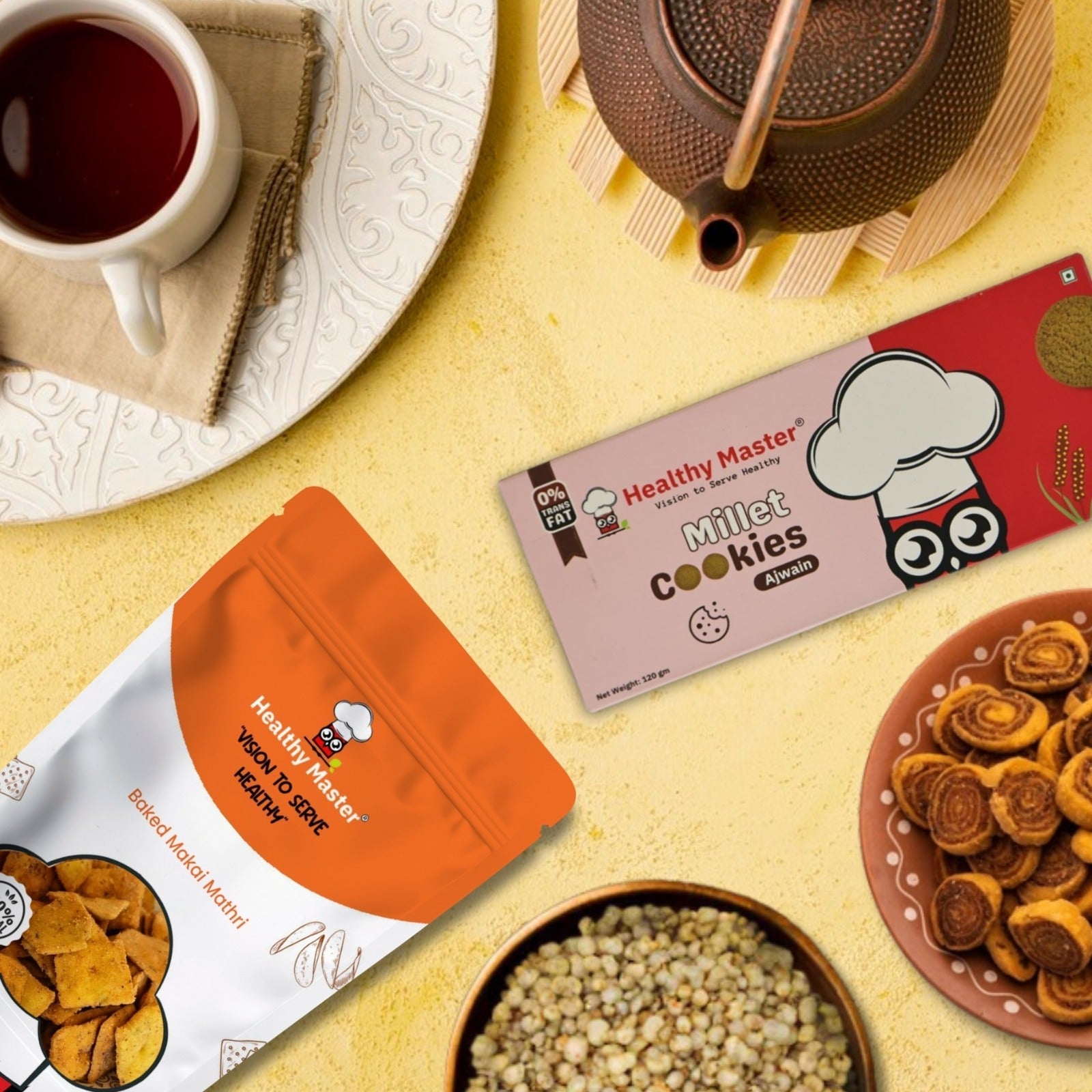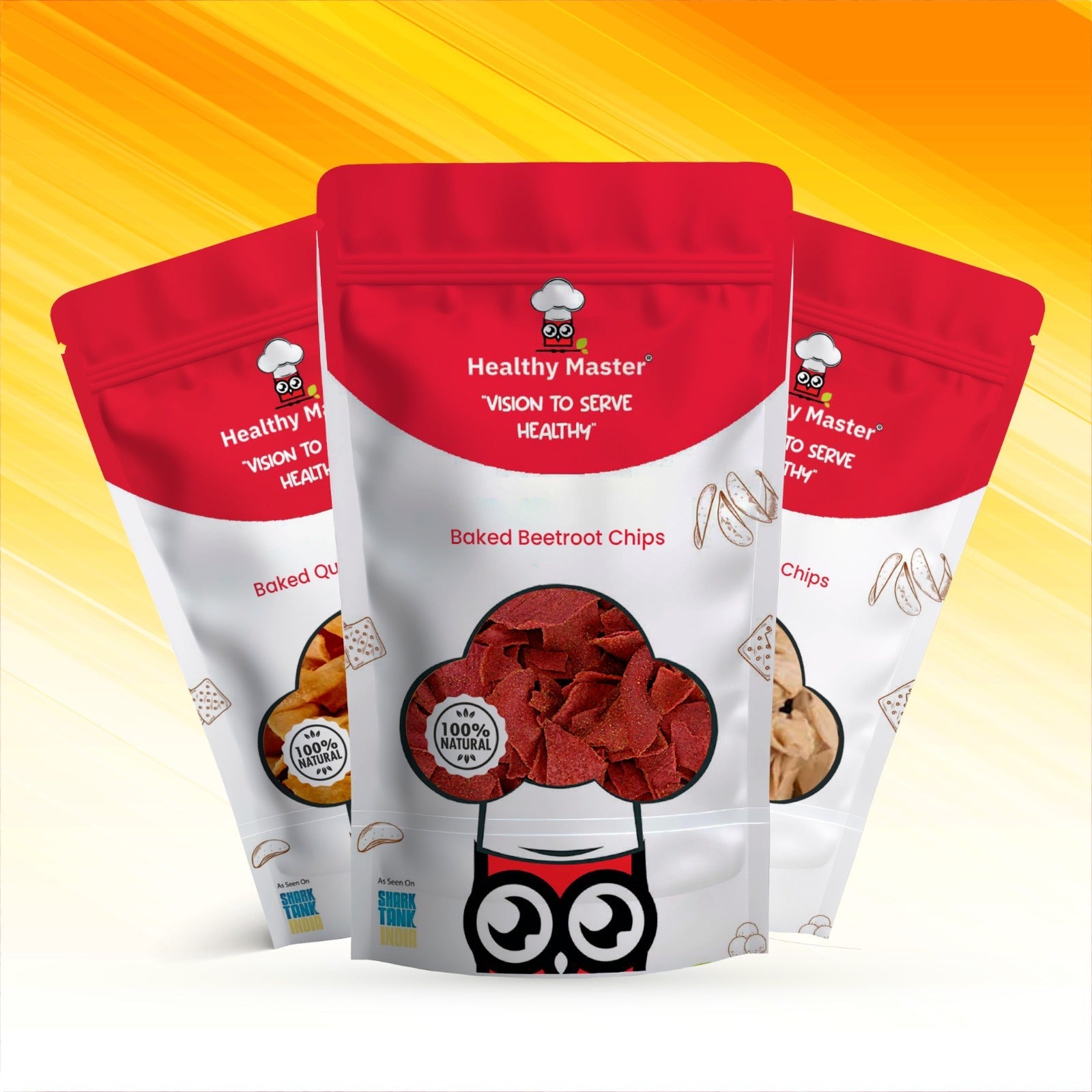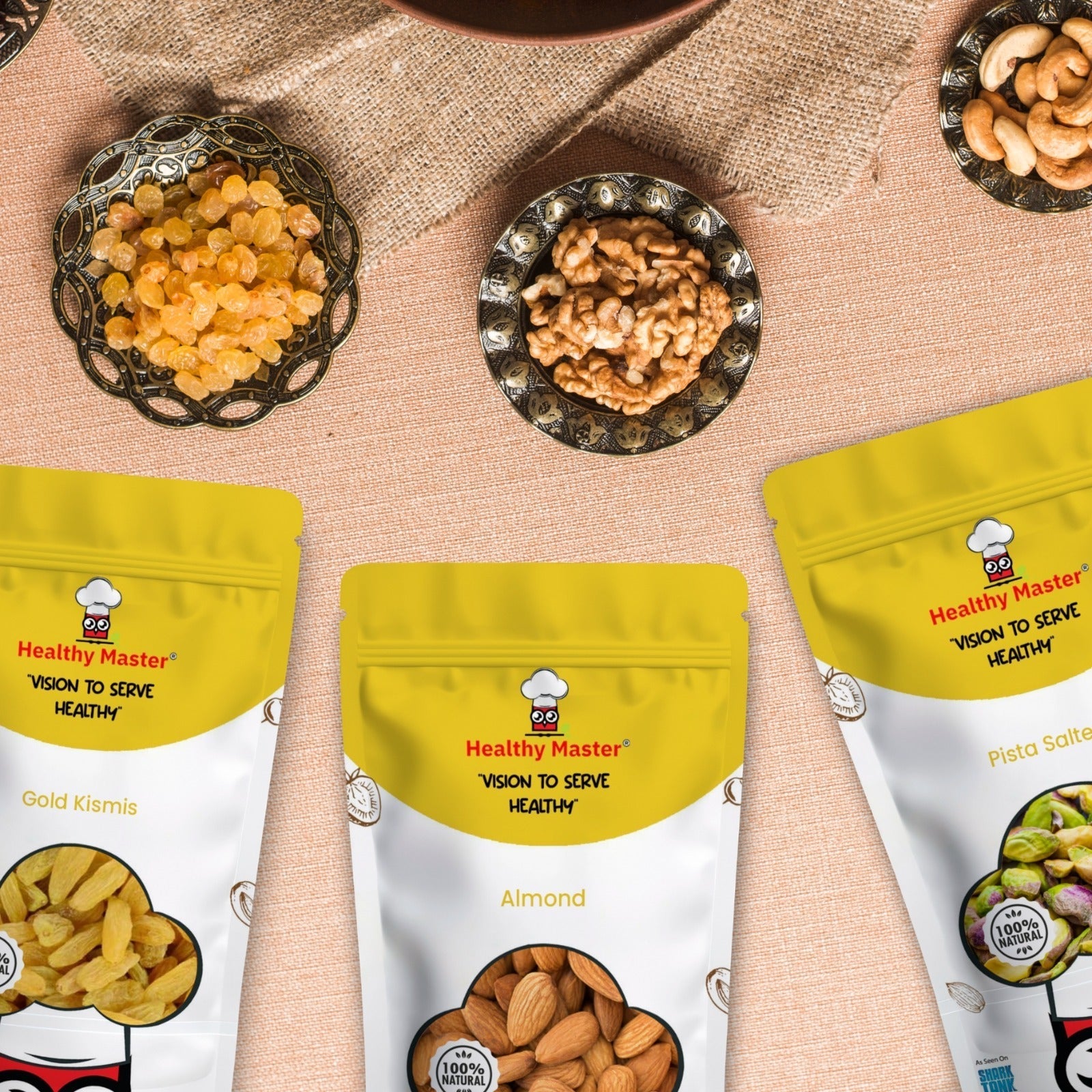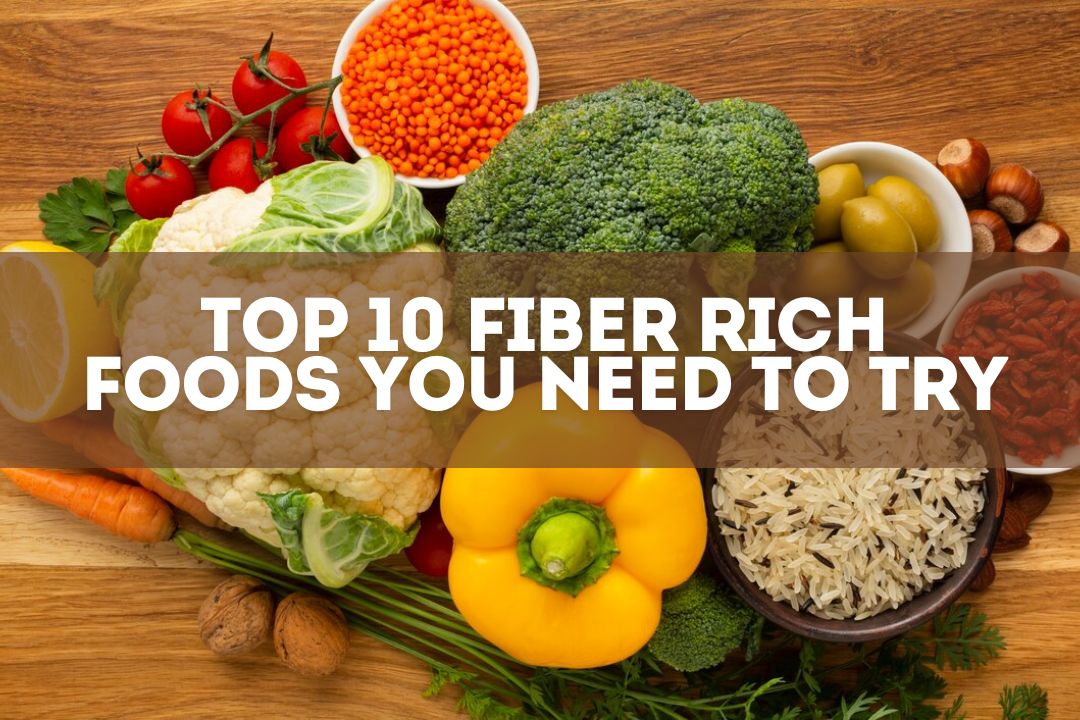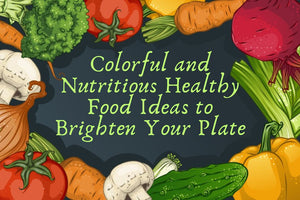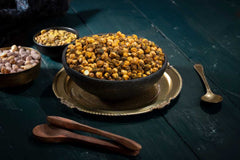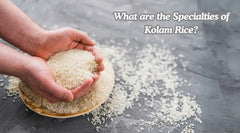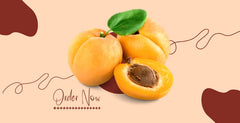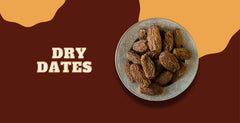In a world where health and wellness have taken center stage, fiber has emerged as one of the most essential components of a balanced diet. Often overlooked, dietary fiber plays a crucial role in maintaining digestive health. It also helps in regulating blood sugar levels, and even aiding in weight management. Incorporating fiber-rich foods into your diet can offer a myriad of benefits. They keep you full longer and support a healthy gut microbiome. If you’re looking to boost your fiber intake, here are the top 10 fiber-rich foods you need to try.
Top 10 Fiber Rich Foods
Chia Seeds
Tiny but mighty, chia seeds are a powerhouse of nutrition. Just one ounce (about 28 grams) of chia seeds contains a whopping 10 grams of fiber. These little seeds are not only rich in fiber but also packed with omega-3 fatty acids, protein, and various micronutrients. You can easily add chia seeds to your diet by sprinkling them on yogurt. You can also mix them into smoothies, or even make a chia pudding. The soluble fiber in chia seeds forms a gel-like substance in your digestive tract. This slows down digestion and keep you feeling full longer.
Lentils

Lentils are a staple in many cuisines around the world, and for a good reason. They are one of the best fiber rich foods providing about 15.6 grams per cup of cooked lentils. Lentils are also an excellent source of plant-based protein, making them a perfect option for vegetarians and vegans. Their high fiber content makes lentils great for heart health, as they can help lower cholesterol levels. Lentils are versatile. You can use it in soups, stews, salads, and as base for veggie burgers.
Avocados
Avocados are well-known for their healthy fats, but they are also a fantastic source of dietary fiber. One medium avocado contains around 10 grams of fiber, both soluble and insoluble. Soluble fiber helps stabilize blood sugar levels, while insoluble fiber aids in digestion. Avocados are incredibly versatile and can be added to salads, spread on toast, blended into smoothies, or eaten on their own with a pinch of salt.
Broccoli
Broccoli is a cruciferous vegetable that should definitely be on your list of fiber-rich foods. A cup of cooked broccoli offers about 5 grams of fiber. Not only is broccoli high in fiber, but it’s also loaded with vitamins C and K, folate, and antioxidants that have powerful health benefits. Broccoli can be steamed, roasted, or added to stir-fries, making it an easy addition to any meal. Its high fiber content aids in digestion and promotes a healthy gut.
Oats

Oats are a breakfast favorite for many and for a good reason. They are packed with a type of soluble fiber known as beta-glucan, which has been shown to lower cholesterol levels and improve heart health. A cup of cooked oats contains about 4 grams of fiber. Oats are incredibly versatile and can be enjoyed as oatmeal, added to smoothies, or used as a base for healthy granola. The fiber in oats helps slow down the absorption of sugar, making it a great choice for managing blood sugar levels.
Quinoa
Quinoa is often hailed as a superfood, and it’s easy to see why. This gluten-free grain is not only high in protein but also rich in fiber, with about 5 grams per cup of cooked quinoa. Quinoa is also a complete protein, meaning it contains all nine essential amino acids that our bodies need. This makes it an excellent choice for vegetarians and vegans. Quinoa can be used in salads, as a side dish, or as a base for grain bowls, providing both fiber and protein to keep you satisfied.
Berries
Berries, such as raspberries, blackberries, and strawberries, are not only delicious but also packed with fiber. Raspberries, in particular, contain about 8 grams of fiber per cup, making them one of the highest-fiber fruits. Berries are also rich in antioxidants, which can help protect your cells from damage and reduce inflammation. You can add berries to your morning yogurt, blend them into smoothies, or enjoy them as a healthy snack on their own.
You can buy some of the most premium quality berries from Healthy Master.
Almonds

Nuts are a great source of fiber, and almonds top the list with about 3.5 grams of fiber per ounce (about 23 almonds). Almonds are also high in healthy fats, protein, and various vitamins and minerals, including vitamin E and magnesium. Snacking on a handful of almonds can help curb your hunger and provide a steady source of energy throughout the day. You can also add almonds to salads, oatmeal, or even use almond flour in baking to boost your fiber intake.
Sweet Potatoes
Sweet potatoes are a delicious and nutritious way to add more fiber to your diet. A medium-sized sweet potato contains about 4 grams of fiber. They are also rich in beta-carotene, a powerful antioxidant that is converted into vitamin A in the body, supporting eye health and immune function. Sweet potatoes can be roasted, mashed, or even used in desserts, making them a versatile and fiber-rich addition to any meal.
Brussels Sprouts
Brussels sprouts may have a bad reputation among some, but they are one of the most fiber-rich vegetables you can eat. A cup of cooked Brussels sprouts provides about 4 grams of fiber. Like other cruciferous vegetables, Brussels sprouts are also high in vitamins C and K, folate, and antioxidants. They can be roasted, steamed, or sautéed and make a delicious and nutritious side dish that’s packed with fiber.
Conclusion
Incorporating fiber-rich foods into your diet is a simple and effective way to improve your overall health. From supporting digestive health to managing weight and reducing the risk of chronic diseases, the benefits of a high-fiber diet are undeniable. Whether you’re adding chia seeds to your smoothie, enjoying a quinoa salad, or snacking on almonds, there are countless ways to boost your fiber intake. Start experimenting with these top 10 fiber-rich foods, and you’ll be on your way to a healthier, more balanced diet in no time.
Remember, it’s not just about eating more fiber—it’s about making fiber a regular part of your daily meals and snacks. With a little creativity and planning, you can easily enjoy the benefits of a fiber-rich diet.
 Deal of the week : Trial Snack Box - 18 Wholesome Delights Just at ₹ 899.00
Deal of the week : Trial Snack Box - 18 Wholesome Delights Just at ₹ 899.00


